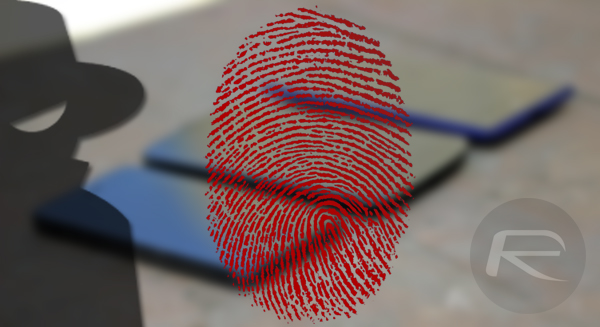If you have in your possession a regular inkjet printer, a certain type of compatible ink, and fifteen minutes of spare time, then you could be well on your way to bypassing the biometric security on a smartphone. A recently conducted research has concluded that using a certain technique, it is in fact possible to gain unofficial access to a smartphone protected by a fingerprint scanner. How? By printing an image that uses a specialized conductive ink. Here’s how this trick works.
The process involves using a very specialized ink that is manufactured by AgIC, a company with a history of producing conductive inks and special paper that has a primary use within the production of DIY circuit boards. This isn’t exactly one of those seamless processes that instantly allows an intruder to gain access to a device through some kind of exposed backdoor or flaw in the operating system. It involves a little more effort to be placed than that, and actually requires the perpetrator to have good quality image of the device owner’s registered fingerprint.

The fingerprint can be lifted off any glass surface, or even the fingerprint sensor of the mobile device to be targeted. Once you have that fingerprint, you’re literally just 15 minutes away from gaining access to the device using fingerprint security.
Step 1: First, as previously mentioned, you’ll need to have a good quality image of the device owner’s fingerprint. Of course, this will need to be a print that’s actually registered on the device in question.
Step 2: The fingerprint image can then be scanned into a computer, but make sure the image is reversed so it looks “normal” when printed.
Step 3: Now it’s time to bring the inkjet printer to come into play. You can use any standard inkjet printer, but will need to throw in a cartridge of the specialized AgIC conductive ink for the process to work. This needs to be backed up with the use of specialized AgIC glossy paper to print the fingerprint image on.
Step 4: Finally, print the fingerprint image at 300 dpi, and make sure that the print is roughly the same size as a standard fingerprint.
It seems relatively simple, and that’s because in all honesty, it is. The printed capacitive fingerprint has been proven to successfully allow access to devices like the Samsung Galaxy S6 and the Huawei Honor 7. There is no reason to believe that this trick can’t fool other devices as well, such as Apple’s iPhone range with Touch ID.
(Source: Michigan State University [YouTube])
You may also like to check out:
You can follow us on Twitter, add us to your circle on Google+ or like our Facebook page to keep yourself updated on all the latest from Microsoft, Google, Apple and the Web.
